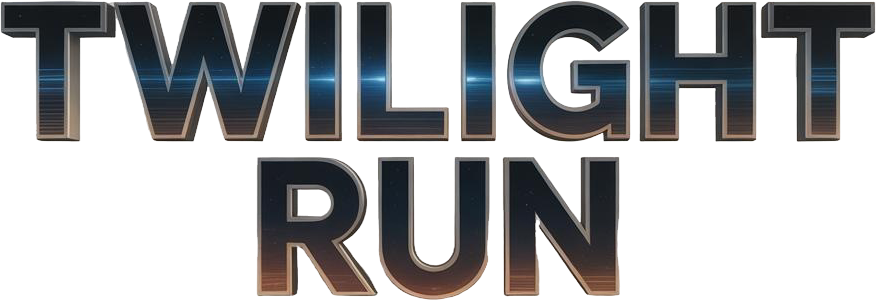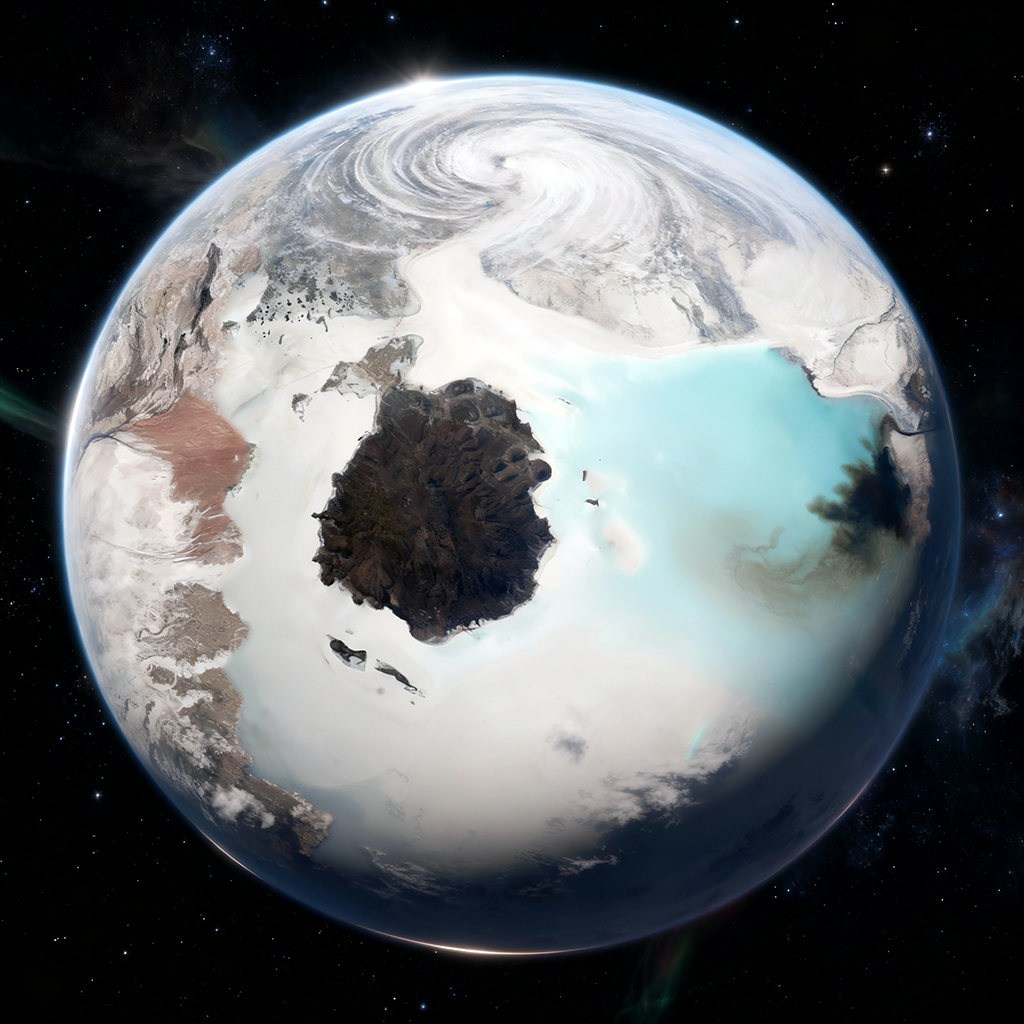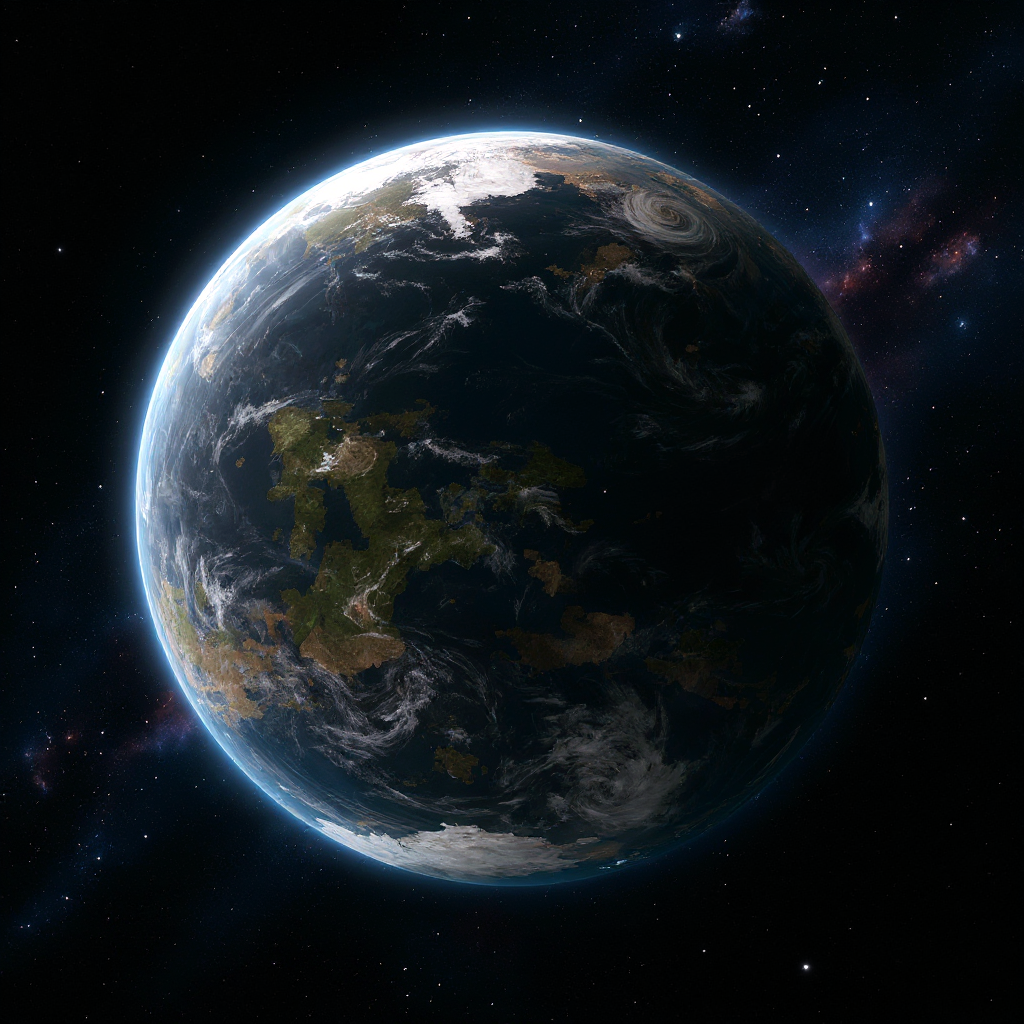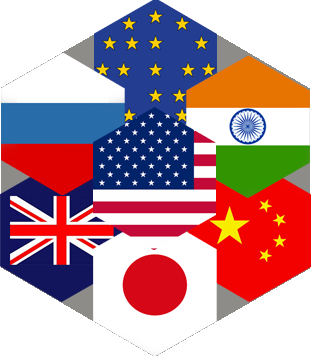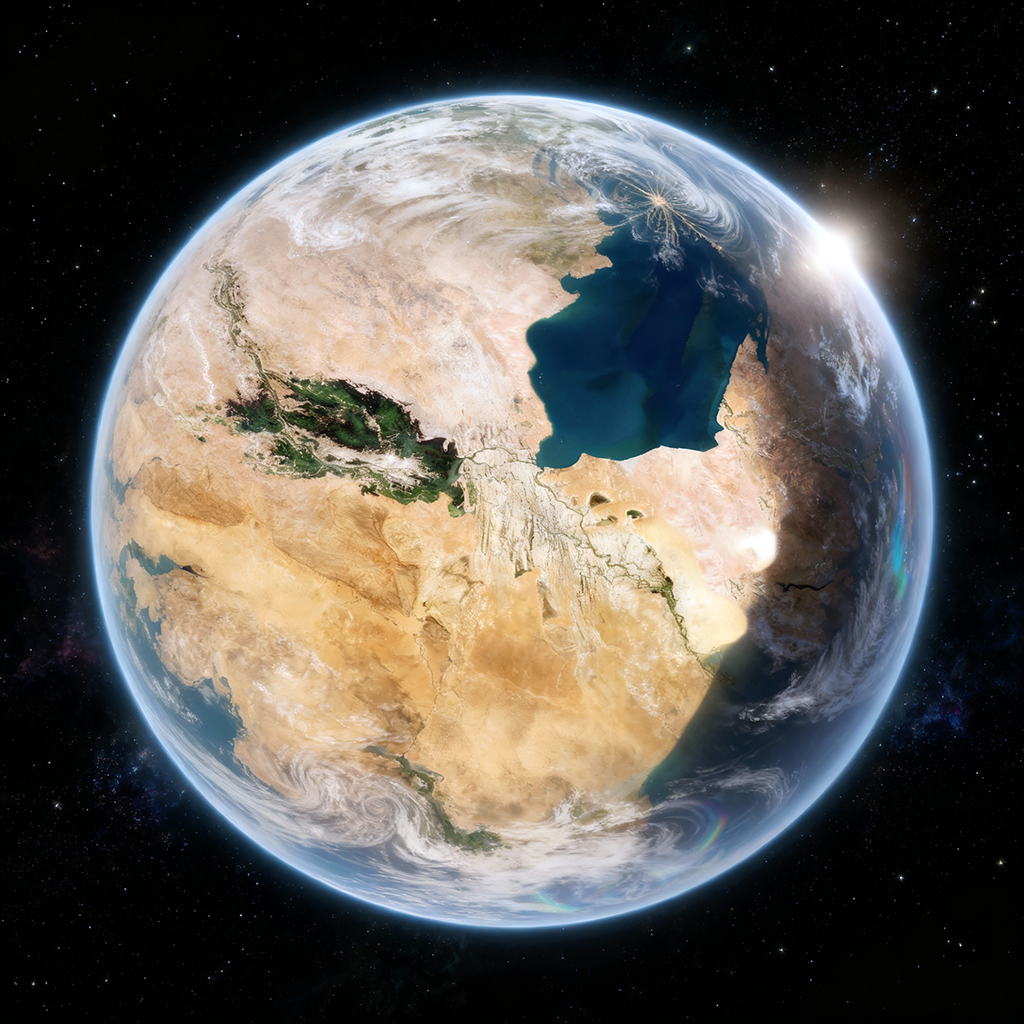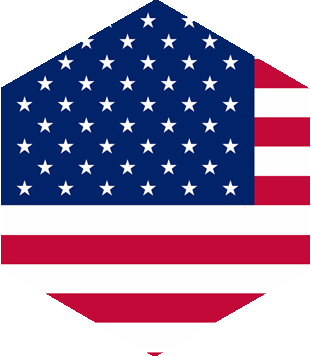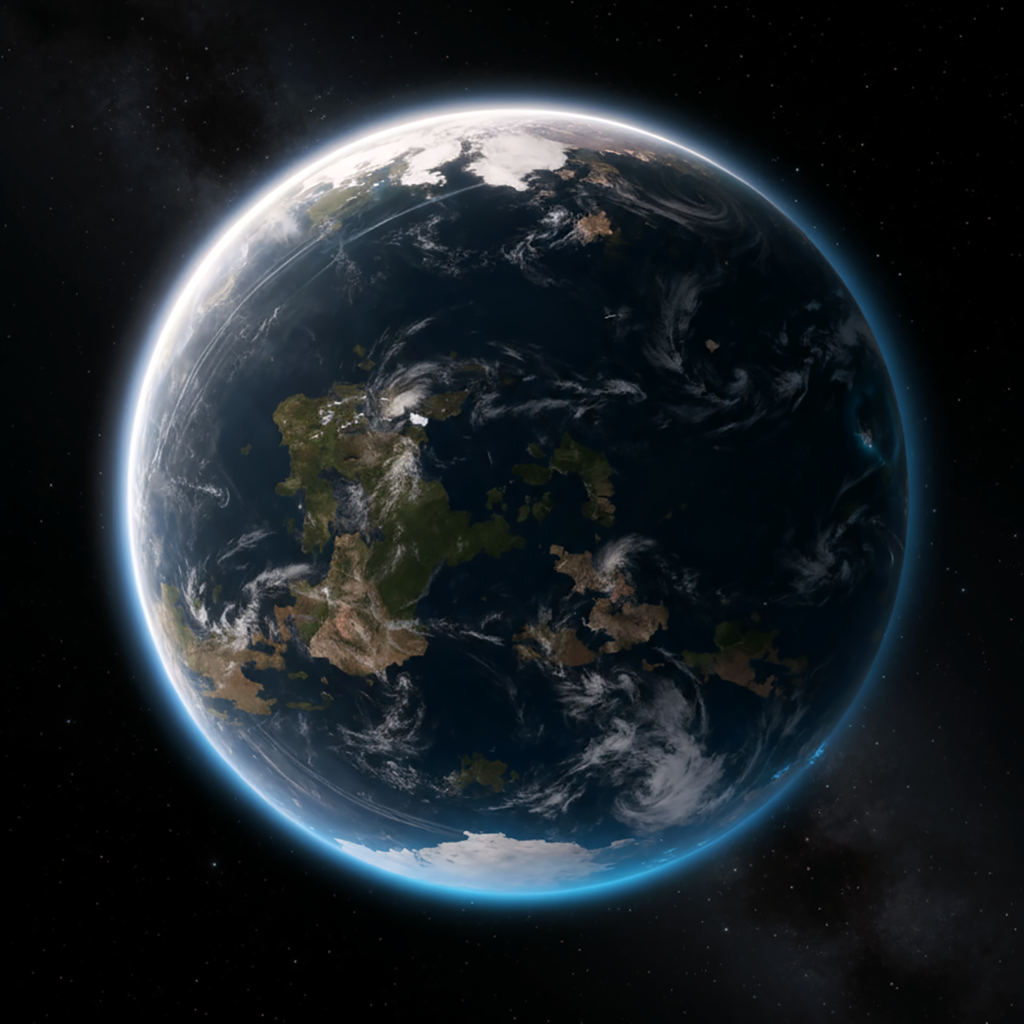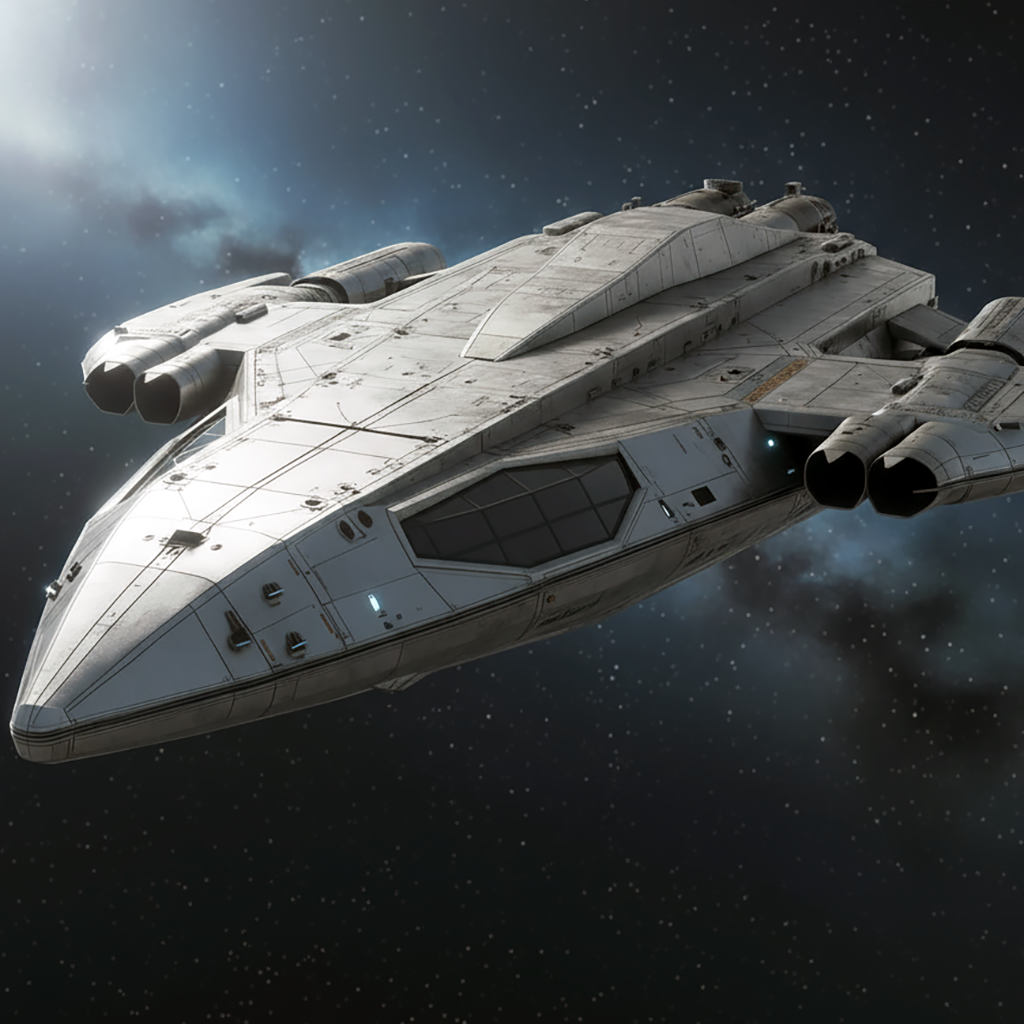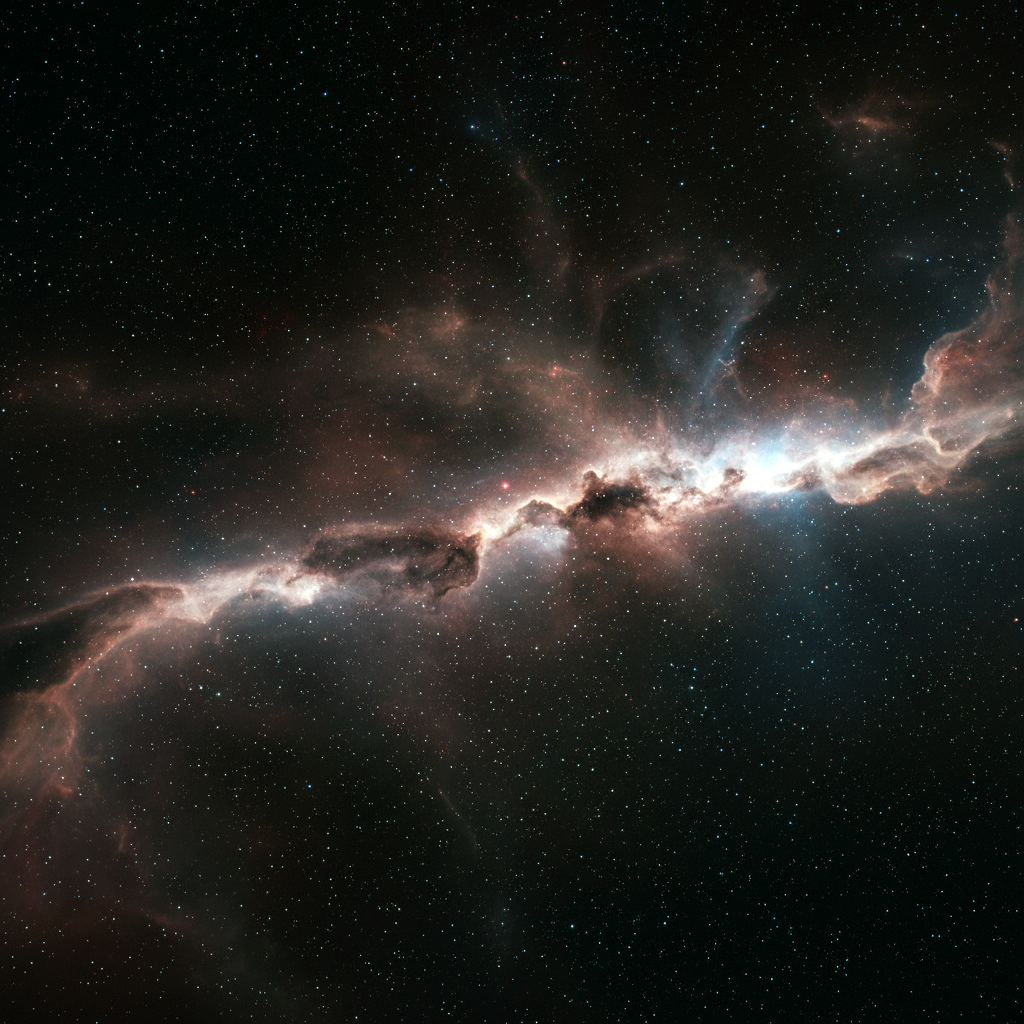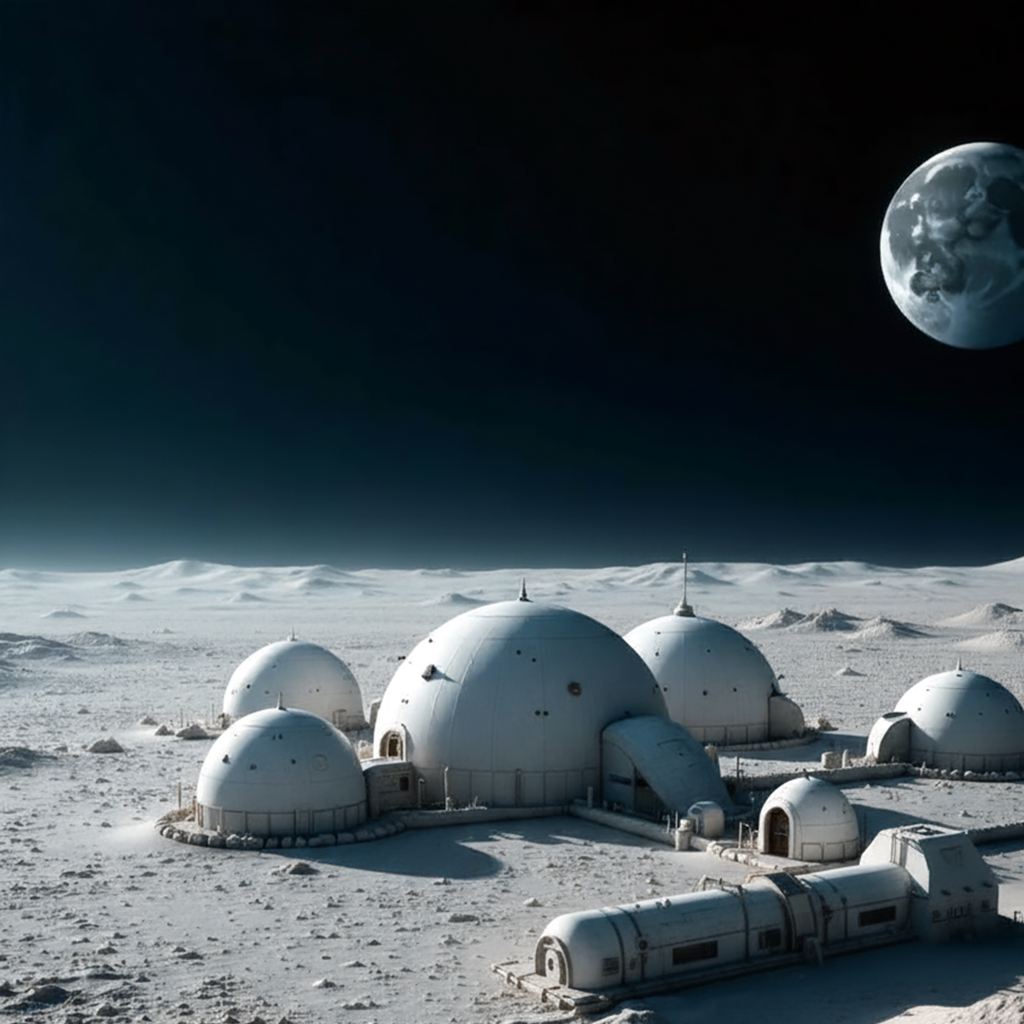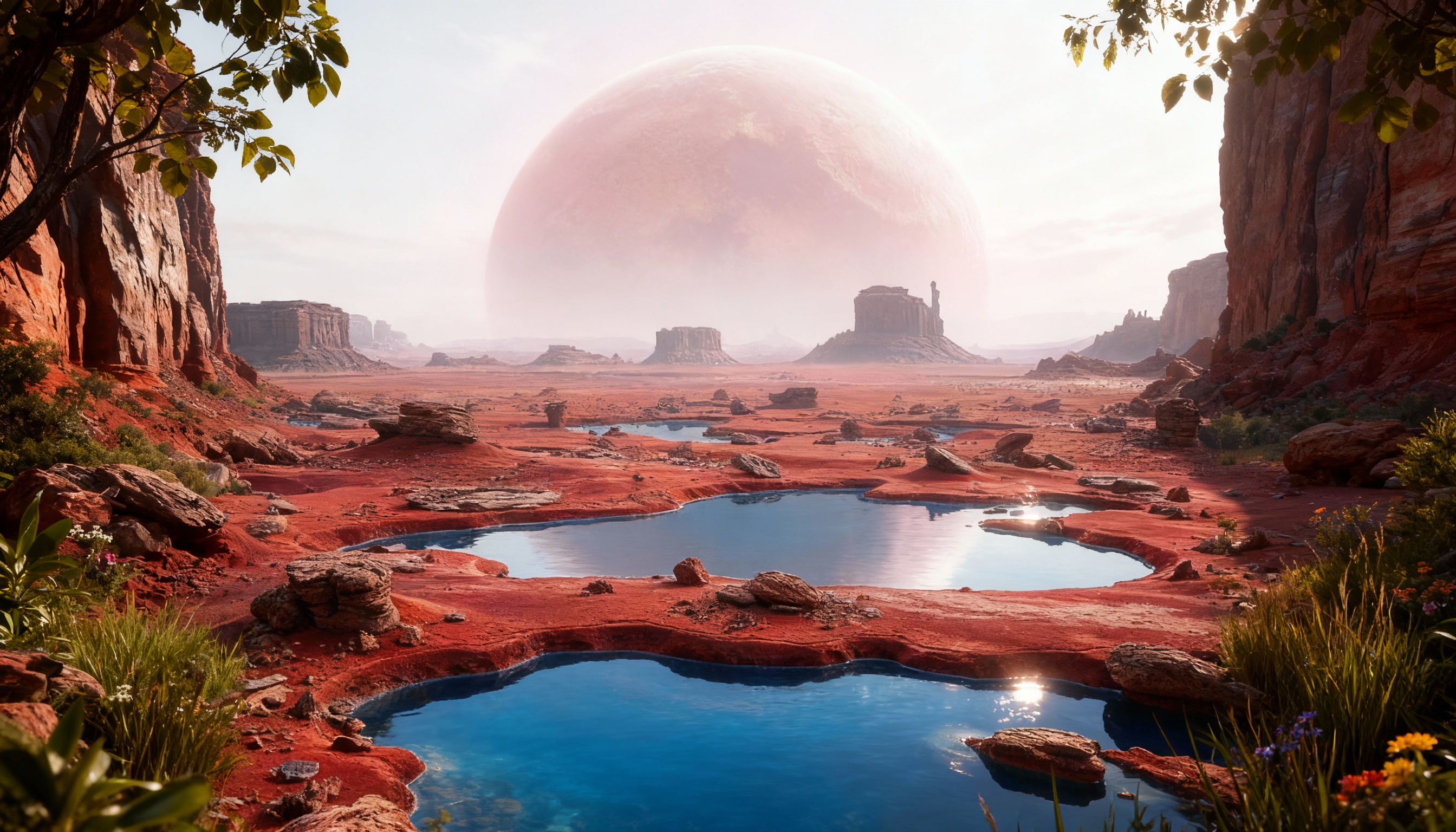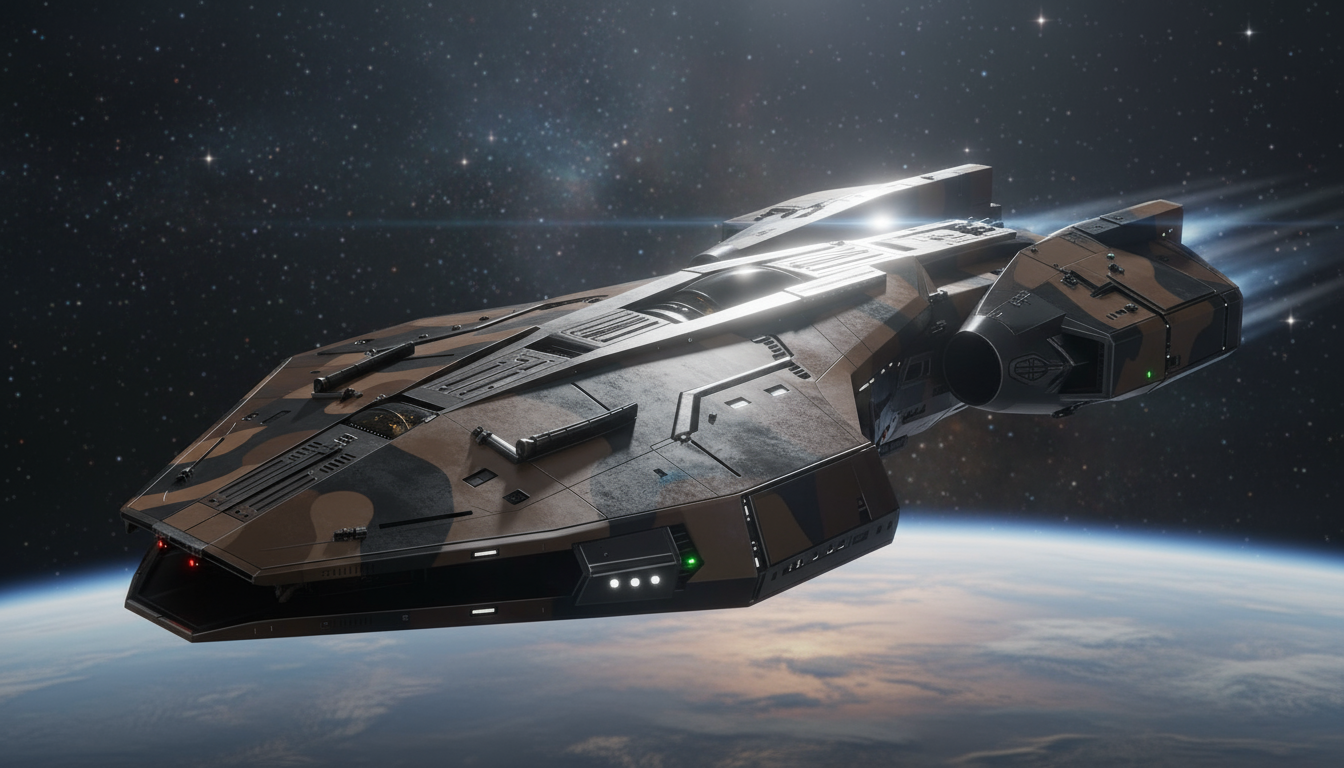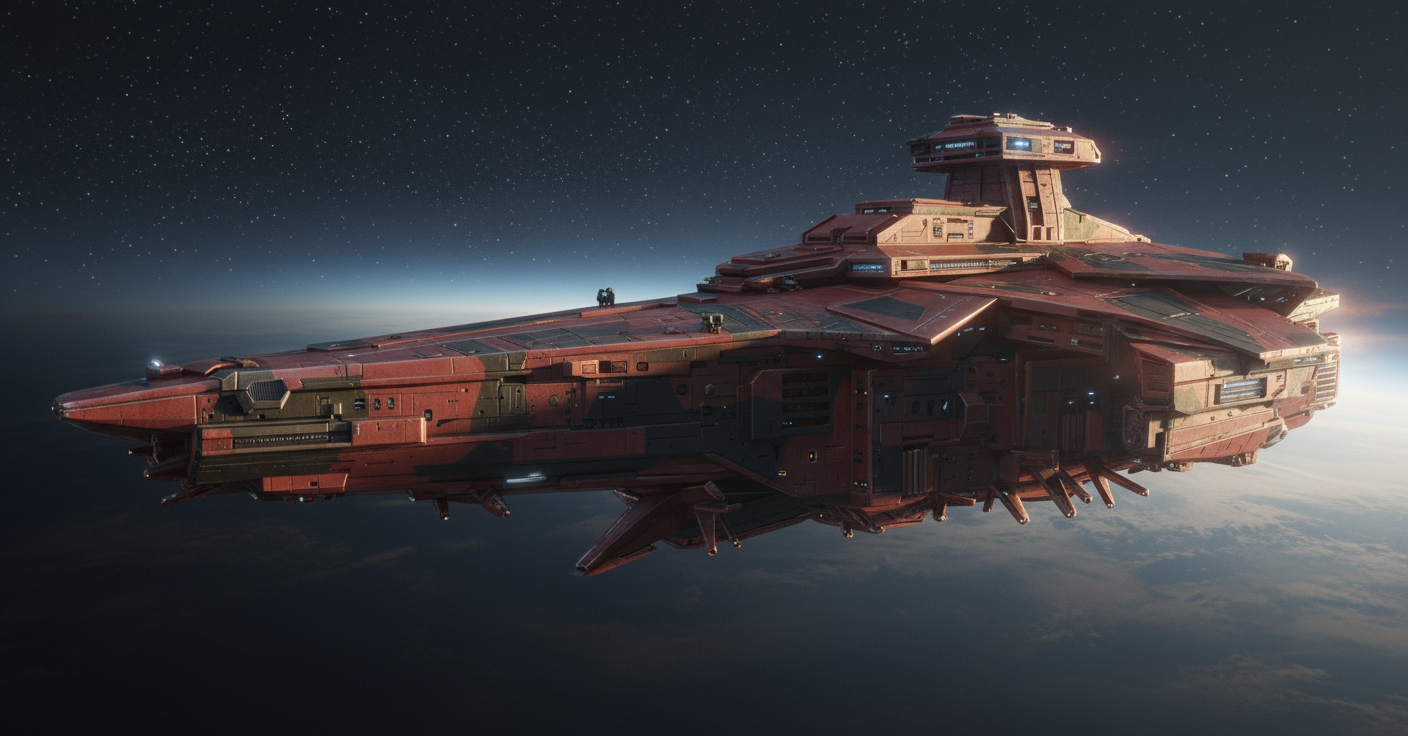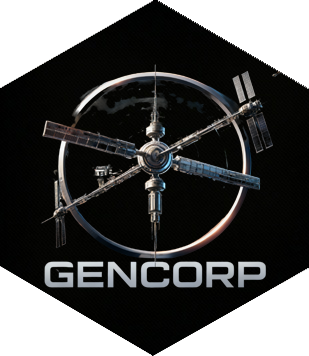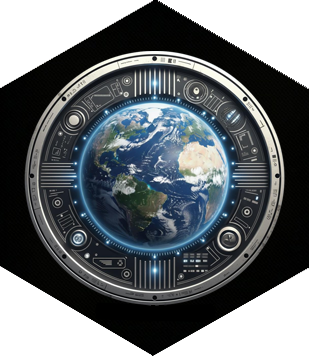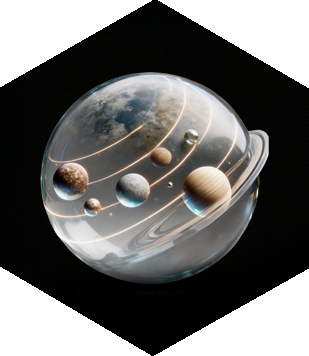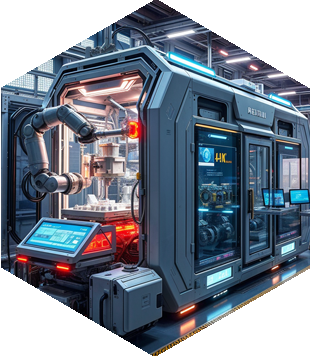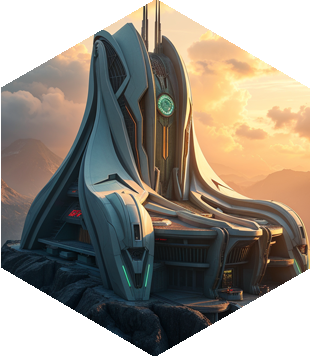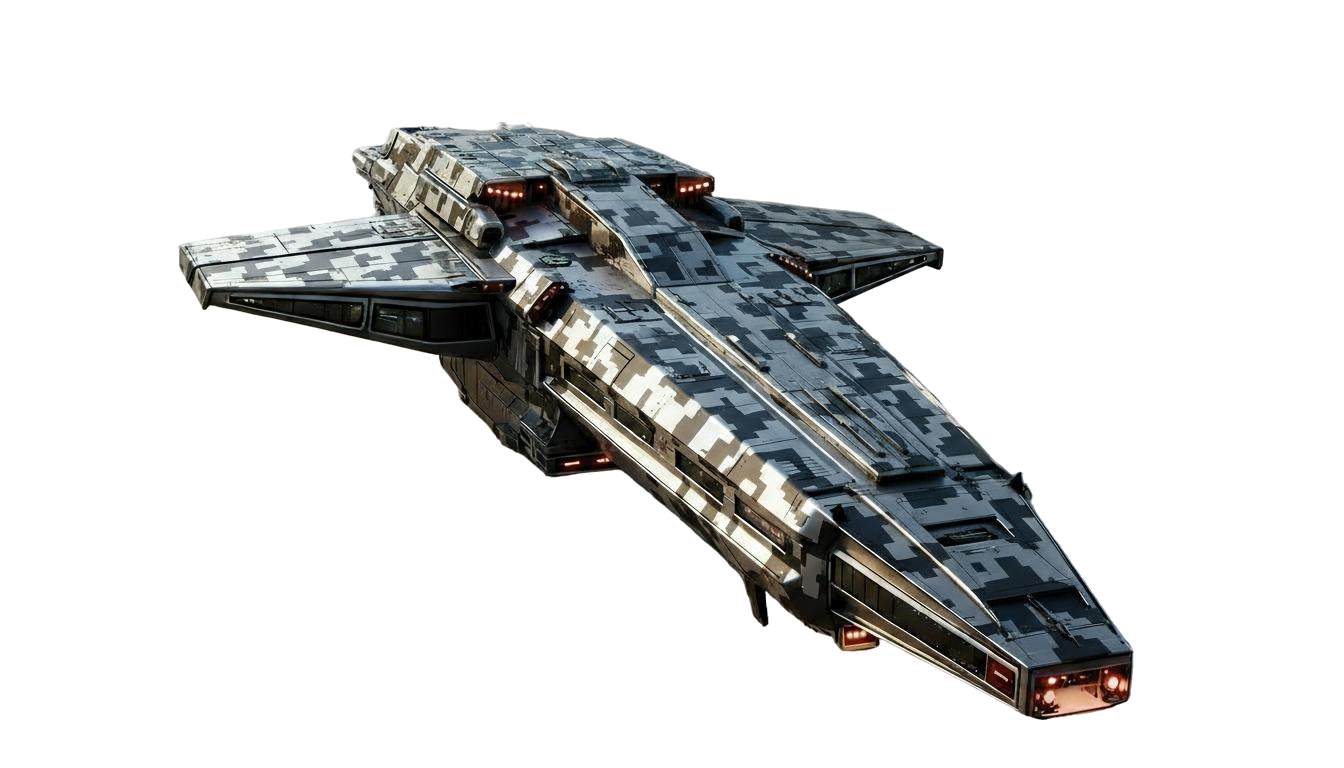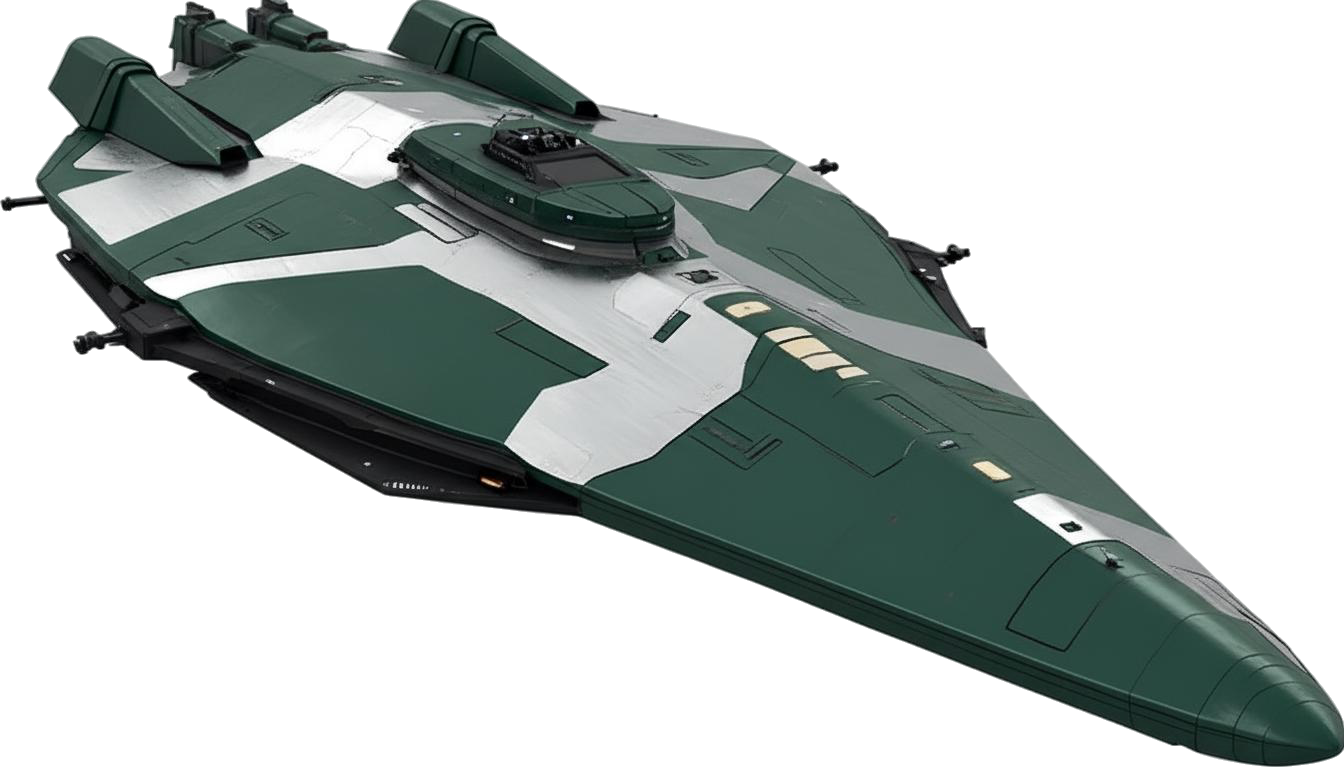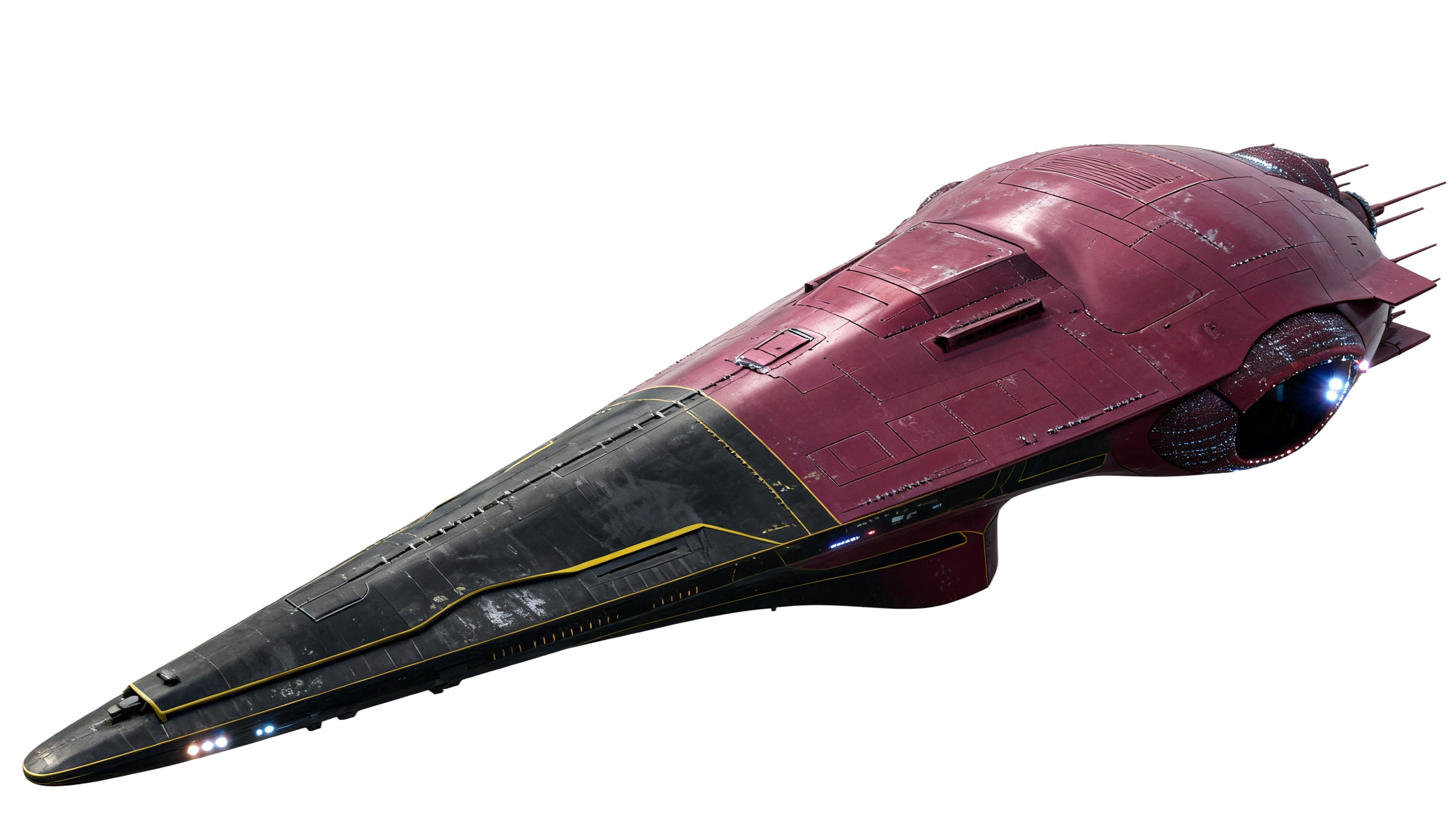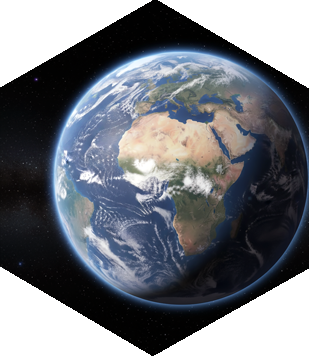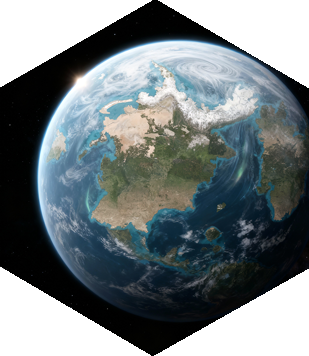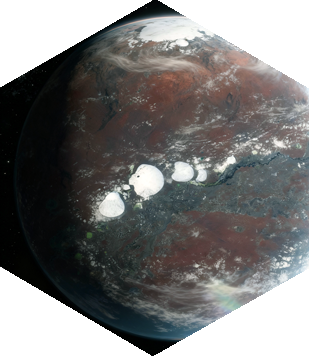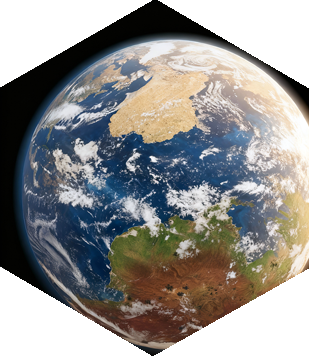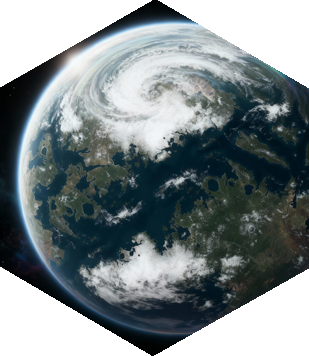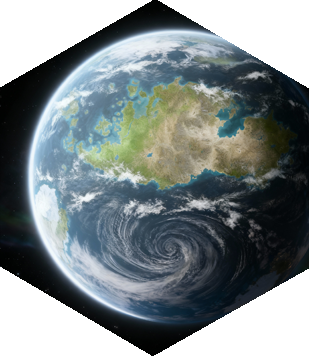Udachi
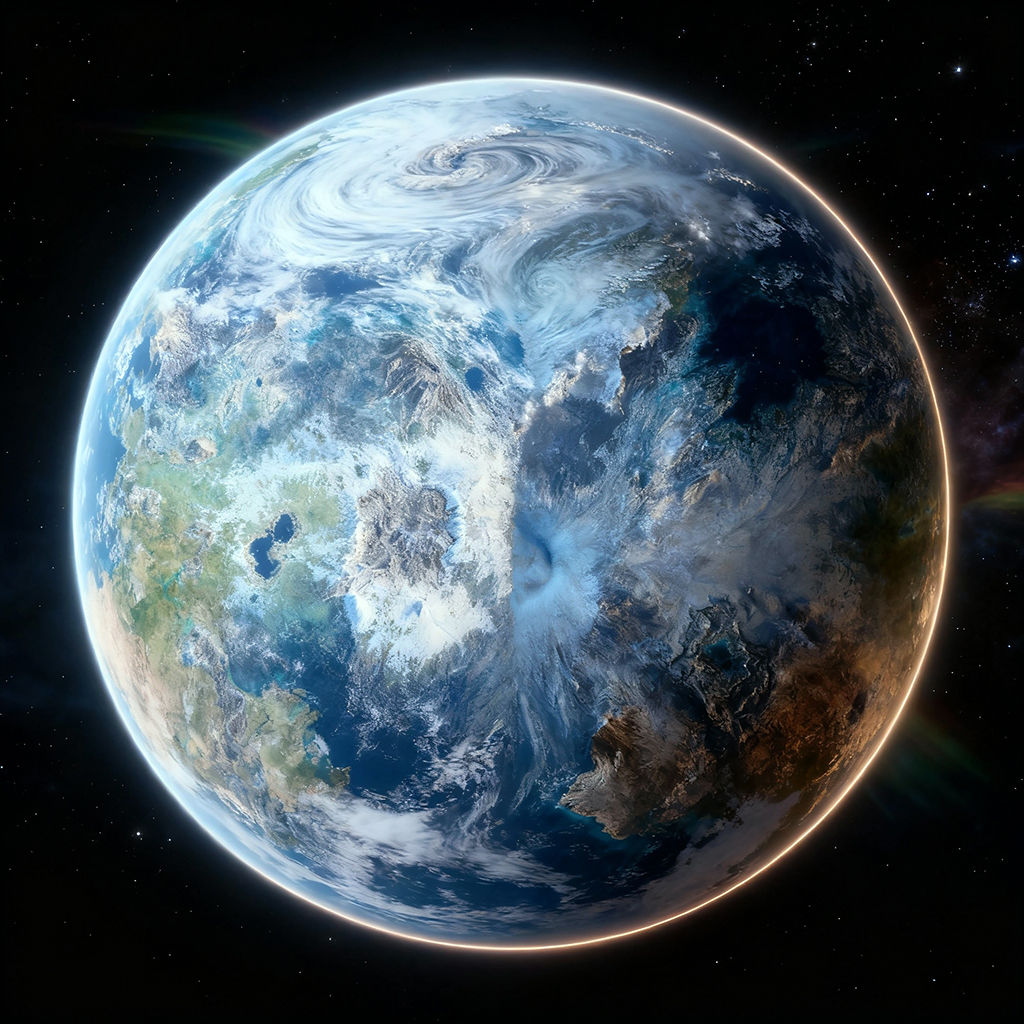
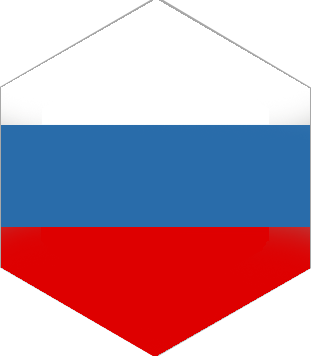
Introduction
Udachi is a rugged Russian Federation outpost world — a planet of extreme conditions and boundless strategic value. With its frigid temperatures, volatile climate, and glacial landscapes, it stands as one of the Federation’s most demanding yet essential colonies.
Geography and Environment
With a radius of 4,503 km and gravity of 0.92G, Udachi offers a near-Earth experience within an unforgiving environment. The mean temperature of 258K (-15°C) ensures long, frozen winters and short, cool summers. Its breathable 0.91 atm atmosphere supports limited surface vegetation, while the planet’s Water/Ice Index of 52% marks it as a significant frozen-water reserve.
Mountains, volcanic ridges, and vast tundra plains dominate the landscape, while glaciers sculpt fjords and valleys. Human habitation is focused in temperate coastal zones and inland basins where glacial melt creates oases of life amid the cold.
Colonization and Settlement
Udachi’s population of 846,000 includes miners, scientists, engineers, and military personnel. The capital city, Vostok, functions as the administrative and industrial center—a sprawling complex of domed habitats, subterranean structures, and solar fields. Smaller settlements support mining and research operations, linked by maglev transit lines running beneath the frozen surface.
Economy and Industry
Udachi’s economy is anchored in mineral extraction, military logistics, and advanced energy production. Rich deposits of rare metals fuel the Federation’s industrial sectors, while its military bases serve as monitoring and defense hubs across this region of space. Water harvesting and recycling industries sustain both civilian life and heavy industry, relying on cutting-edge cryogenic technologies to manage the cold.
Challenges and Future Prospects
Life on Udachi remains arduous. The planet’s extreme cold and volatile weather challenge both infrastructure and morale. Future development depends on advancements in environmental control and terraforming, which could unlock new opportunities for habitation and agriculture. Until then, Udachi remains a crucial frontier outpost, both resilient and unyielding.
Conclusion
Udachi epitomizes the Federation’s spirit of endurance and ambition. Despite its punishing climate, it endures as a cornerstone of Russian expansion, its people embodying strength, perseverance, and an unwavering will to thrive against all odds.
